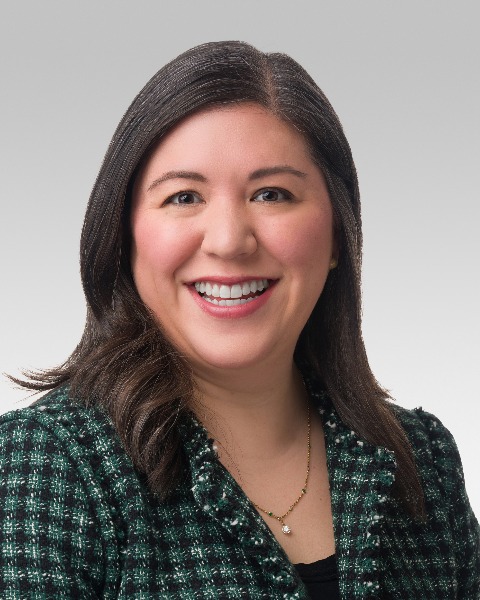Health Equity/Community Health
Poster Session 1
(281) Association between Medicaid coverage of dental services and dental hygiene during pregnancy

Madeline F. Perry, MD
Northwestern University
CHICAGO, IL, United States
Lynn M. Yee, MD, MPH (she/her/hers)
Associate Professor
Northwestern University
Chicago, IL, United States- JF
Joe M. Feinglass, PhD
Northwestern University
Chicago, IL, United States
Primary & Presenting Author(s)
Coauthor(s)
Poor oral hygiene has been associated with adverse pregnancy outcomes. Unlike prenatal care, dental care is not required to be covered by Medicaid and coverage may change when people become pregnant. We evaluated the association between state Medicaid coverage of dental services and receipt of teeth cleaning during pregnancy among those covered by Medicaid and those privately insured.
Study Design:
Using 2016-20 data from the Pregnancy Risk Assessment Monitoring System including 44 states, linked with data from the Medicaid and CHIP Payment and Access Commission (MACPAC), we analyzed state-level differences in dental care during pregnancy. Utilizing multivariable Poisson regression, we assessed the association between Medicaid coverage of dental services and the likelihood of teeth cleaning during pregnancy separately among Medicaid and privately-insured populations, controlling for respondent sociodemographic characteristics.
Results:
The analysis included 149,748 respondents representing a weighted 7,520,502 population. Teeth cleaning during pregnancy was reported for 34% of Medicaid respondents and 56% of privately-insured respondents. Among Medicaid respondents, in states with the no Medicaid coverage of dental services, there was a 41% lower likelihood of teeth cleaning during pregnancy (aOR 0.59, 95% CI 0.52, 0.67) compared with states with the most generous Medicaid coverage of dental services (Table). The likelihood of dental cleaning during pregnancy for privately-insured respondents was not associated with state Medicaid policies.
Conclusion:
Minimal or no Medicaid coverage of dental services is associated with a significantly lesser likelihood of receiving teeth cleaning during pregnancy in a Medicaid-only population. This relationship did not exist in a privately insured population, suggesting that receipt of teeth cleaning is not due to state-level differences but rather associated with insurance coverage. Findings demonstrate the importance of dental insurance coverage specifically in pregnant, low-income populations.

